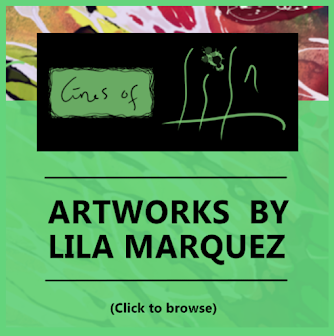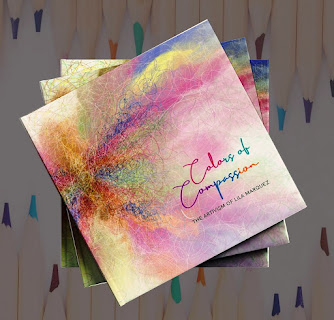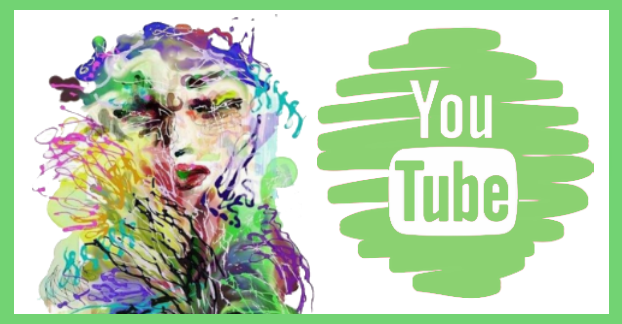Spectacles in Historical Art
December 13, 2020Eyewear, at least the pair we are all familiar with, has been around as early as the 13th century and believed to have been born in Venice. It all started when the Capitulary of the Guild of “Crystal Craftsmen” allowed the use of the “reading stones”, the ones used from 1000 AD, as magnifying lenses. Then artisans, the so-called cristalleri or glassmakers, from Murano, a small island to the north of Venice, went an extra mile to pioneer the manufacture of glass. In 1589, however, a painting titled “The Invention of Glasses,” was created by Hans Collaert Stradanus. It depicts bespectacled people in a booming spectacle market. Many stories and claims have opened the floodgates of speculations on the exact origin of the glasses. But one thing is clear; eyeglasses have been embedded in the pages of art and literary history for centuries.
Eyepiece into the Muslim World
In March 1635, Ridhā al-'Abbasī, a Persian artist, inspired his student, Mu'in al-Musawwer, to paint him while he was wearing his specs. The painting is said to be the oldest known artwork in the Muslim world that features a pair of eyeglasses. After the 13th century, the glasses have become famous among Muslims as the item had been featured in several literary pieces. Among these writings are the poems of Ahmad al-Attar al-Masri and in a book written by historian, al-Sakhāwī; all having relevant association with eyesight and its health corresponding to stages of youth and ageing. An artwork by Ridhā al-'Abbasī which dates back to 1650 also features a man wearing spectacles and holding a book. This painting is now under the care of a gallery in Washington, DC. The artwork shown above is currently consigned at Princeton University Library in New Jersey.
In the Eyes of Modern Japanese Women
The art piece above is a preview from the art series titled, Shin Bijin 真美人 (True Beauties), created by Yōshū Chikanobu, a prolific woodblock artist of Japan's Meiji period. It is a collection of delicately hued portraits of a host of "modern" Japanese women who thrived in the new and changing world three decades into the Meiji era (1868-1912). This Ukiyo-e print shows a woman seated at a table dressed in a kimono and wearing a pair of eyeglasses. From her blue-tinted eyewear to her gold ring, her merging of diverse styles in fashion, as much as her accessories, denotes that she is a woman of means and expansive taste.
Feature image: An artwork (CONSPICILLA / The Invention of Glasses, Hans Collaert Stradanus, 1589/1593). Image credit: cdn.rijksmuseum.nl






















0 comments